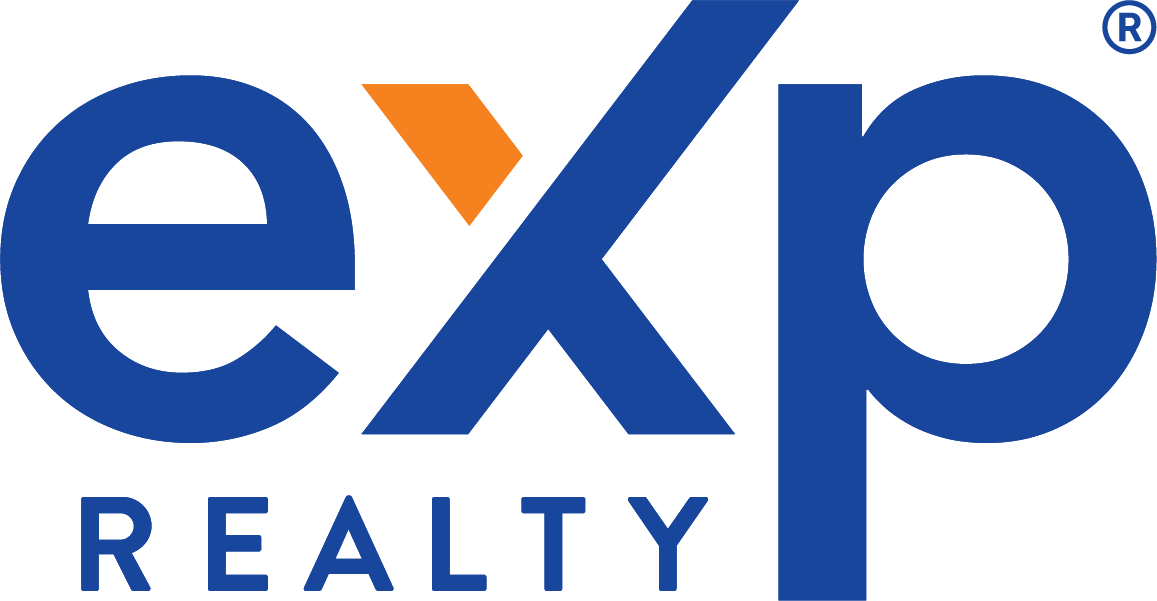With today's home buyers doing most of their house hunting online, great home pictures are an absolute must. I think most of us would agree that bad listing photos are a very real problem in our industry. This article is for agents who know very little or nothing about photography but want to get great pictures. I'll provide some tips for getting the best shot and also cover some photography equipment suggestions.
Lighting
The main issue with poor interior photos is getting the correct exposure. Problems sometimes occur when there is a large amount of light coming in through the windows, confusing the camera and causing the room to look dark with a overly bright window. Examples Below:
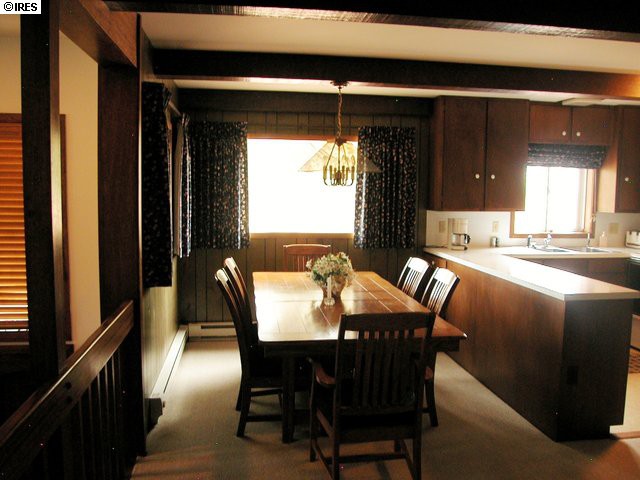
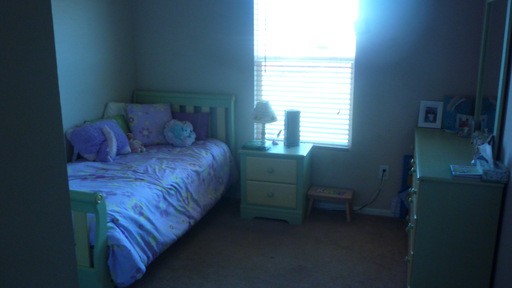
One way to avoid this is to take pictures early in the day or late in the afternoon, when the amount of light outside is similar to the amount of light inside. Overcast days are good for interior photos because it softens the light coming in through the windows. There is also a time of day called the Golden Hour (when the sun has just dropped behind the horizon) that serves as a beautiful time to take interior and exterior photos. Be ready to act fast though, as the term “hour" is more like 30 minutes tops.
In most situations you'll want to turn on all available lights inside the house. Using the camera flash will also help obtain the correct exposure, although it can wash out some of the warm tones of the paint or woodwork. If you have a good amount of light, take one picture with the flash and another without the flash. When you get back to the office you can pick the best version of each shot.
Positioning
Where you stand in a room while taking a photo will make a huge difference in quality. Start by standing in the corner of the room. This allows you to get as much of the room in the viewfinder as possible. Every inch that you can gain by really squeezing your body into a corner or standing in a hallway or doorway will greatly improve your photos. Standing in the middle of a room drastically reduces your field of view. A few other notes:
- Many times the corners of rooms are occupied with chairs or lamps. Take the extra time to move those items so you can stand in the corner.
- Experiment with holding the camera at different heights. Lowering or raising the camera can bring more of the room into view.
- A hallway or a staircase can let you get a wide angle on the room you are trying to photograph.
- Take the time to move around the room to find the best angle for your photo.
Get Creative
Some properties can be challenging to photograph, either because they're in poor condition or they may be very small. Consider taking photos of places near the home, such as attractive parks, restaurants or shops, the neighborhood entryway, the clubhouse or pool, or any other nearby amenities.
If your clients have updated some part of the home— such as new lighting or fixtures—take a close up of the new door hardware or the fancy new sink fixture.
Do no harm
If for some reason your photos don't do a particular part of the home justice, or if they just plain look bad, don't publish them. Instead, get plenty of exterior photos and try some of the ideas listed above for alternative photos. Remember, when buyers see only one photo they get weary, so try to get a handful of decent pictures at a minimum.
Bathrooms and bedrooms
These can be tricky areas to photograph because of the size of the room. For bathrooms you may want to try standing in the tub or shower to see if you can get a decent angle. You can also try turning the camera to take a vertical photo. For bedrooms, the natural tendency is to stand in the doorway, which can be a good option, but also try shooting from a corner of the room that shows the doorway and—if possible—the closet. This may give the viewer more perspective.
Camera suggestions
A digital single-lens reflex (SLR) camera will give you superior photos over most point-and-shoot cameras. Most SLR cameras are a little larger and more expensive than a point-and-shoot digital, but the resolution and the automatic adjustments really make a difference in the finished product. Here are two entry-level SLR cameras.
Nikon 3100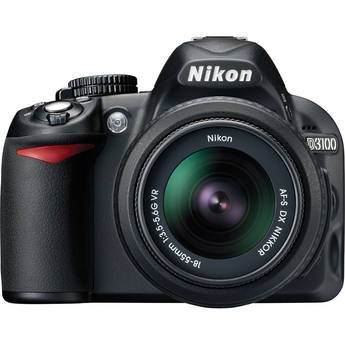
$496.00 after $150.00 rebate
Available at bhphotovideo.com
Canon EOS T3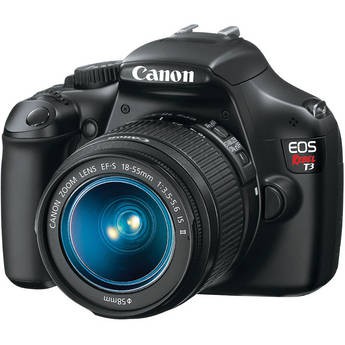
This camera has a 12.2 mega pixel sensor and it shoots 720p video.
$499.00 after $50 rebate
Available at bhphotovideo.com
Lens suggestions
One harsh reality when it comes to the SLR camera world is that the lenses are often more expensive than the camera itself. The standard lens that comes on the above cameras is an 18-55mm lens, which will be good for real estate, but not great. Because these cameras allow for different lenses, it gives us the opportunity to use a lens designed for real estate. The biggest challenge in good real estate photos is getting a wide field of view. If you want to take your real estate photos to the next level, a wide-angle lens should be on your wish list. Here are a couple suggestions:
Note: The suggestions below are examples. Be sure to get a lens that is compatible with your SLR.
Tokina 11-16 for Nikon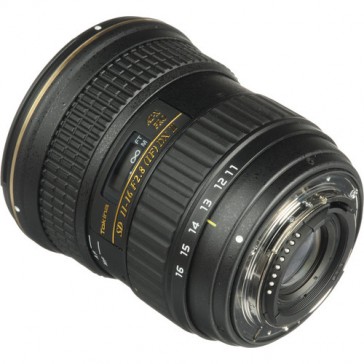
$699 after $40 rebate
Available at bhphotovideo.com
Sigma 10-20 for Canon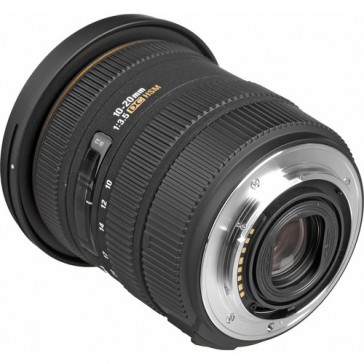
$599 after $50 rebate
Available at bhphotovideo.com
